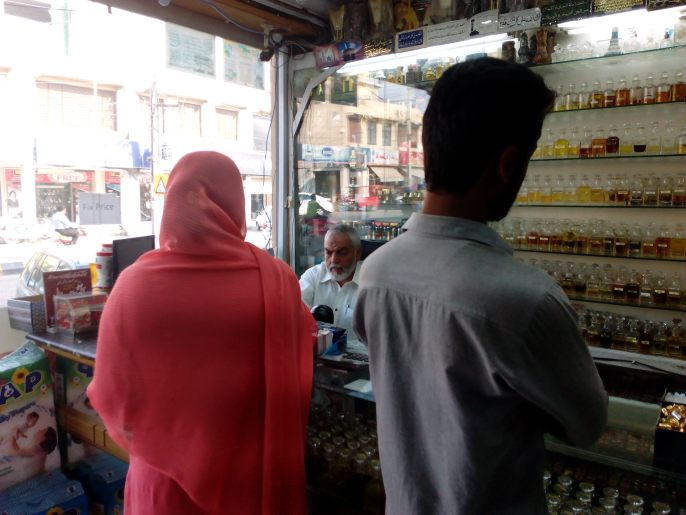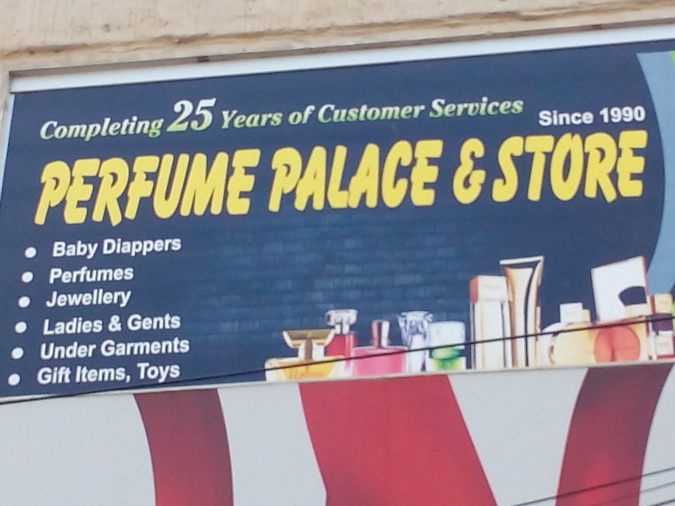 The world’s first-recorded is considered a woman named , a perfume maker mentioned in a tablet from the 2nd millennium BC in Mesopotamia.[2] She distilled flowers, oil, and with other , then filtered and put them back in the still several times.[3] In India, perfume and perfumery existed in the (3300 BC – 1300 BC). One of the earliest distillations of was mentioned in the Hindu Ayurvedic text andIn 2004 – 2005,[5] archaeologists uncovered what are believed to be the world’s oldest surviving perfumes in. The perfumes date back more than 4,000 years. They were discovered in an ancient perfumery, a 4,000-square-metre (43,000 sq ft) factory housing at least 60 stills, mixing bowls, funnels, and perfume bottles. In ancient times people used and such as and as well as
The world’s first-recorded is considered a woman named , a perfume maker mentioned in a tablet from the 2nd millennium BC in Mesopotamia.[2] She distilled flowers, oil, and with other , then filtered and put them back in the still several times.[3] In India, perfume and perfumery existed in the (3300 BC – 1300 BC). One of the earliest distillations of was mentioned in the Hindu Ayurvedic text andIn 2004 – 2005,[5] archaeologists uncovered what are believed to be the world’s oldest surviving perfumes in. The perfumes date back more than 4,000 years. They were discovered in an ancient perfumery, a 4,000-square-metre (43,000 sq ft) factory housing at least 60 stills, mixing bowls, funnels, and perfume bottles. In ancient times people used and such as and as well as
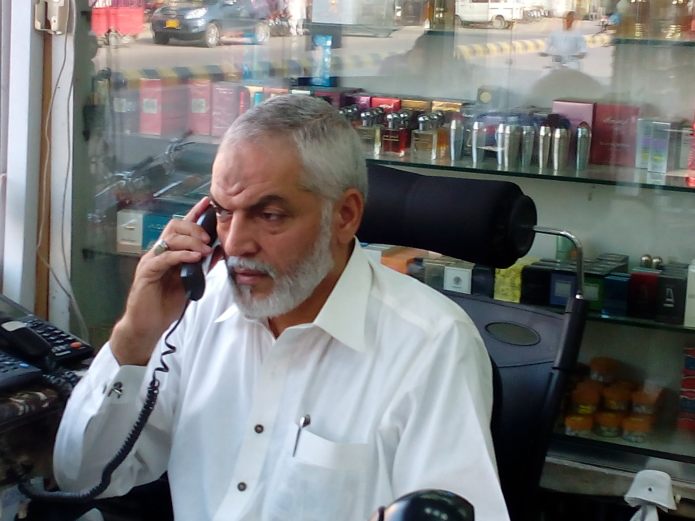
perfume vase shaped like a female head, 2nd century BC
In the 9th century the (Alkindus) wrote the Book of the Chemistry of Perfume and Distillations, which contained more than a hundred recipes for fragrant , salves, aromatic waters, and substitutes or imitations of costly drugs. The book also described 107 methods and recipes for perfume-making and perfume-making equipment, such as the (which still bears its Arabic name. [from ἄμβιξ, “cup”, “beaker”] described by in the 4th century).
The Persian chemist Ibn Sina (also known as ) introduced the process of extracting oils from flowers by means of, the procedure most commonly used today. He first experimented with the . Until his discovery, liquid perfumes consisted of mixtures of oil and crushed herbs or petals, which made a strong blend. was more delicate, and immediately became popular. Both the raw ingredients and the technology significantly influenced western perfumery and scientific developments, particularly
The art of perfumery was known in western Europe from 1221, taking into account the recipes of Santa Maria delle Vigne or of Italy.In the east, the produced in 1370 a perfume made of scented oils blended in an alcohol solution – best known as – at the behest of . The art of perfumery prospered in Italy, and in the 16th century the personal perfumer to (1519–1589), Rene the (Renato il fiorentino), took Italian refinements to France. His laboratory was connected with her apartments by a secret passageway, so that no formula could be stolen en route. Thanks to Rene, France quickly became one of the European centers of perfume and manufacture. Cultivation of flowers for their perfume essence, which had begun in the 14th
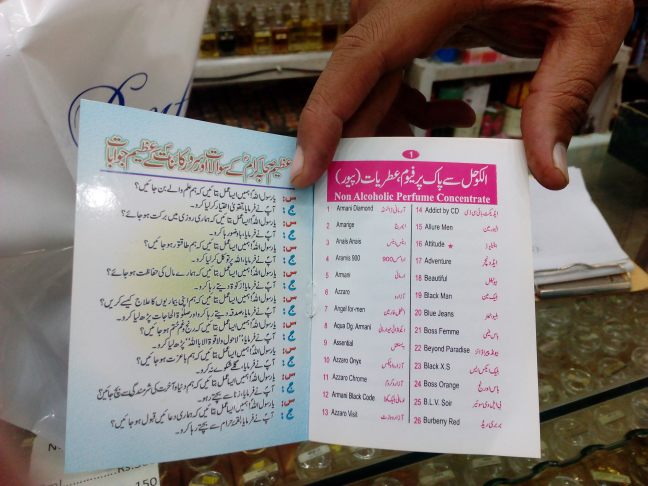
we have facility of home delivery Non Alcoholic Branded Perfumes you can contact us via mobile and Ptcl # we provide your demanded product throw courier service without any special charges. it shows our customer care throw out the Pakistan you belong any city you can contact us we provide your required non Alcoholic Perfumes
on your door steps. Perfume palace is the largest non Alcoholic perfume store in southern Punjab.
Contact us
Tel: 061-4547347
cell:03006301187
Store address:
Shopping center # 3 Aziz shaheed Road, Bano Market Multan Cantt.
website Address: Perfumepalacestore.wordpress.com
century, grew into a major industry in the south of France.
Non Alcoholic Branded Perfumes Cologne- 100% Halal Non Alcoholic Perfume: Fragrances is Amazing.
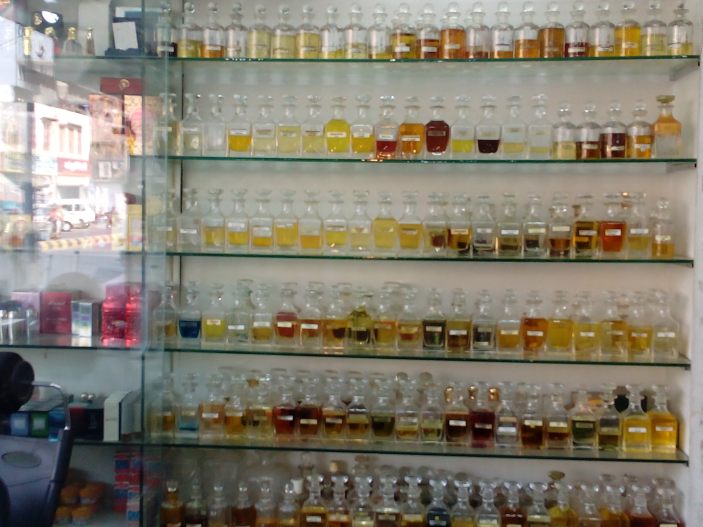
our business based on fear and transparent deal.
The word perfume derives from the Latin perfumare, meaning “to smoke through”. Perfumery, as the art of making perfumes, began in ancient and , and was further refined.
